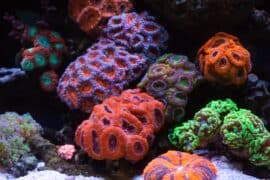Closterotomus norvegicus
(Closterotomus norvegicus)

Description
Closterotomus norvegicus is a species of hemipteran insects in the family Miridae, capable of causing damage to the foliage of various cultivated plants, including the potato. This species has only one generation per year. It parasitizes a variety of host plants, including sugar beet, hops, hemp, alfalfa, and strawberries. It overwinters as eggs on various trees and shrubs. The species Closterotomus norvegicus was first described by the Danish entomologist Johan Christian Fabricius in 1779 as Cimex bipunctatus Fabricius 1779, but the name being already used by Linné, it is ultimately the description of the entomologist Johann Friedrich Gmelin in 1790 which refers. The original name was Cimex norvegicus Gmelin 1790. Classified in the genus Closterotomus by Rosenzweig in 1997. Larvae and adults feed by biting plant leaves, leaving yellow to reddish marks. Affected leaves eventually turn yellow then brown and curl around the edges, symptoms similar to those of certain virus attacks. Closterotomus is a genus of plant bugs belonging to the family Miridae, subfamily Mirinae.
Taxonomic tree:







